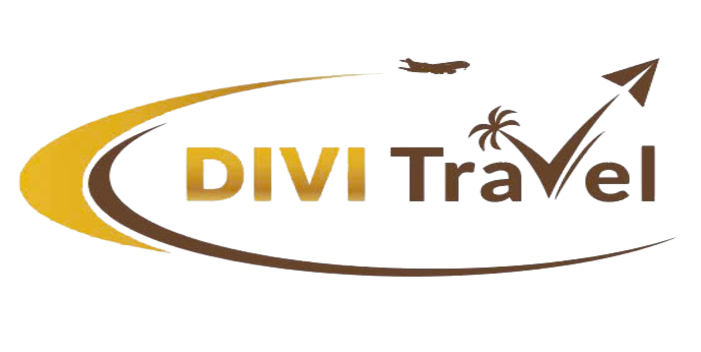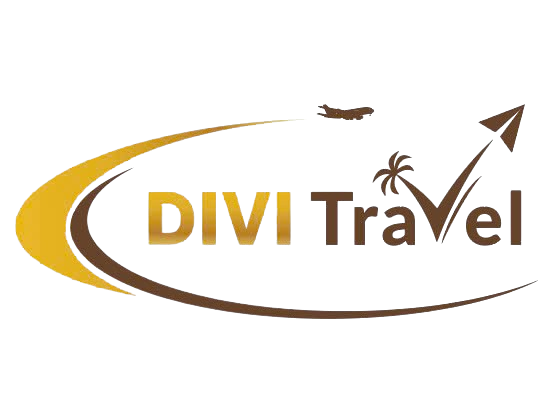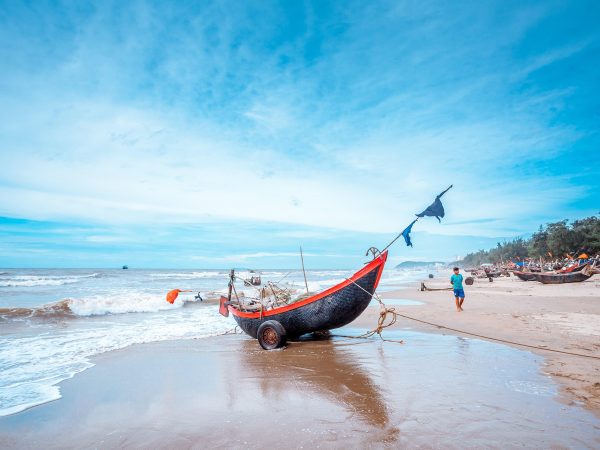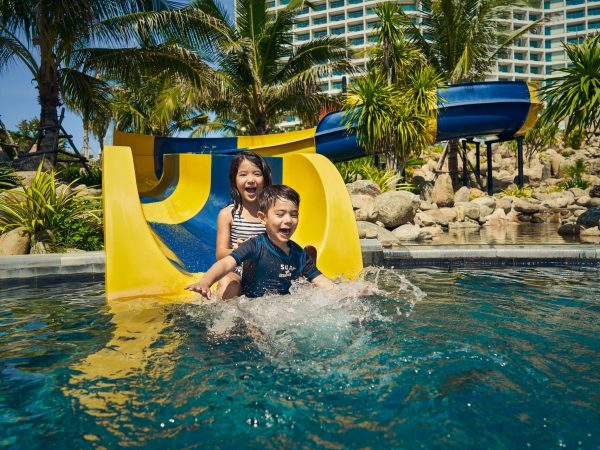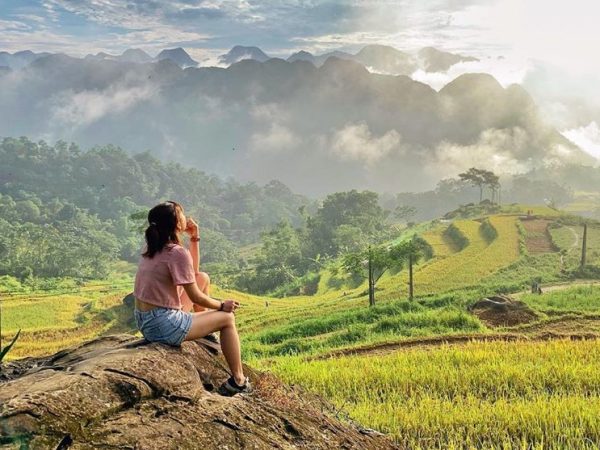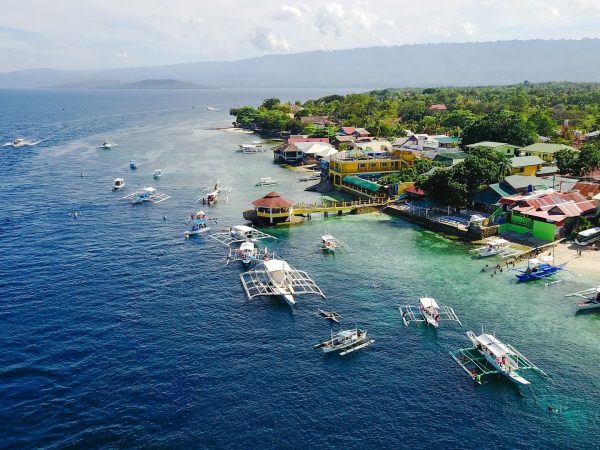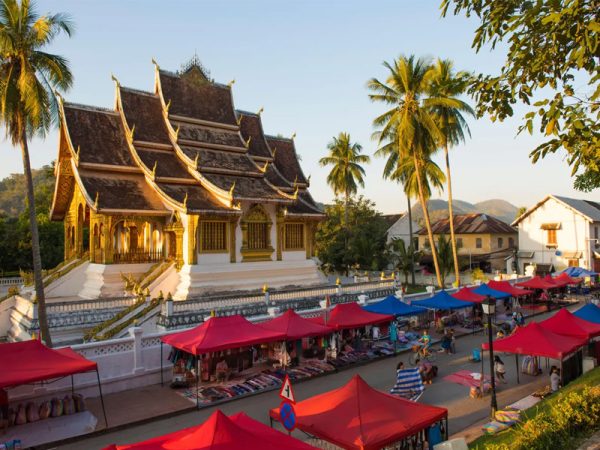When people think of traveling to Cambodia, the first thing that comes to mind is Angkor Wat. While Angkor Wat is truly magnificent, there’s so much more that Cambodia has to offer. With spectacular temples, beautiful islands and beaches, and a rich cultural heritage, it’s a shame to miss out Cambodia. In this travel guide you’ll realize why it’s a gem tucked in the middle of Southeast Asia.
Visa: All travelers heading to Cambodia are required to have a 30-day tourist visa, which can be obtained on arrival for $30 in Phnom Penh, Sihanouk Ville, and Siem Reap. The website of the Cambodian government also offers e-visas, so visitors can apply beforehand to speed up entry into the country. With the e-Visa, travelers can enter Cambodia and stay for up to 30 days without any visa issuance at consulates abroad or in local airports.
E-visas take three days to process and cost an additional $6. Check out this link on how to apply for Cambodian eVisa. Citizens from ASEAN nations can apply on arrival for a free visa which lasts for 30 days.
Language: Khmer is Cambodia’s official language. It is spoken by more than 90% of the population. There are slight regional differences in the dialect, but majority of the locals speak central Khmer, which is by far the most common in the country.
In recent years, Cambodia has witnessed a significant rise in tourism which has resulted to an increase in the use of English. The locals in small villages may not understand you, but you’ll surely be able to get by using English in the larger towns and cities.
Currency. The main currency in Cambodia is the riel, followed by the US dollar, which is widely accepted. Businesses usually quote prices in riel or US dollars, but in towns and cities bordering Thailand, the Thai baht is sometimes used.
ATM machines are available, including in all major tourist hubs. You will be given the option of withdrawing in either riel or US dollars and single withdrawals of up to $500 are possible as long as your account can handle the transaction. Most of the hotels and restaurants in big cities accept credit card payments.
Electricity Socket: The standard voltage is 230V and the frequency is 50 Hz. Power outlets are two-prong round sockets and they accommodate plugs ****with two flat pins. In order to spare yourself the hassle of buying new adaptors everywhere you go, we suggest investing on a Universal Travel Adaptor before you travel.
Your electric appliances can be used in Cambodia if the standard voltage in your country is 220 – 240 V, which is the case in Australia, Europe, the United Kingdom and most of Asia and Africa. On the other hand, if the standard voltage in your country is 100 – 127 V, as is in the United States, Canada and most countries in South American, you’ll need to use a voltage converter or a combined power plug adapter/voltage converter.
When is the Best Time to Visit Cambodia?
If you are planning to visit Cambodia, it is nice to know that there is no wrong time to travel. The weather is warm all year, but there is a monsoon season that creates two climate conditions, rainy and dry. The best time of the year to visit Cambodia will depend on what you want to do during your stay and if you want to avoid the rainy season.
Between November and April, Cambodia sees very little rain so it is perfect if you wish to enjoy a relaxing trip to the southern coast. Outside this period, humidity rises and the rains come. However, you must not be discouraged from traveling because the temples are tranquil, the rivers are free-flowing, and the countryside is lush and green. This is the ideal time to visit the outer-lying temples because they are no longer crowded.
When summer ends, The Tonle Sap comes to life. This is one of Cambodia’s true natural wonders and the biggest freshwater lake in Southeast Asia.
November is popular with tourists because the average temperature is around 25°C. It’s the perfect time to visit if you intend to wander around the temples, monuments, and markets. December and January are also busy months because they are dry and ideal for visiting the southern islands. Temperatures start to rise in March and April and they can be very humid for sightseeing. However, the festivities for the Khmer New Year take place in April. It is one of the most important festivals in Cambodia that coincides with the end of the harvest season.
What to Pack When Travelling to Cambodia
Regardless of when you plan to travel to Cambodia, it’s going to be warm and humid. Pack several lightweight, light-colored clothing to reflect the sun. The country’s tropical climate means it’s pretty hot and humidity is high all year round. However, it can get cool at night, particularly during the winter months, so it’s advisable to bring along a sweater. While ponchos are available in most places, you’ll be better off a rain jacket, especially if you’ll be traveling during the wet season.
Other things to bring include a sturdy travel water bottle, an RFID travel wallet, an unlocked mobile phone, a pair of comfortable travel sandals, and a sand proof beach blanket if you’ll be visiting any of the islands. You will also need a sun hat and a powerful sunscreen especially when strolling around Angkor Wat. Key cities like Phnom Penh and Siem Reap will have most of the amenities that you’ll need, so there’s no cause for concern if you forget to pack something. You will be able to find all the essential items there.
Key Towns and Cities
Phnom Penh. Formerly known as Krong Chaktomuk Serimongkul or the “The City of the Brahma’s Faces”, this is the bustling capital and the most densely populated city in Cambodia. Once dubbed as the “Pearl of Asia,” it was regarded as one of the most glamorous French-built cities in Indochina. It exudes provincial charm and serenity with French colonial chateaus and tree-lined boulevards set in the midst of enchanting Angkorian architecture. Phnom Penh offers a plethora of fascinating touristy sites. Aside from the Royal Palace, the National Museum, the Silver Pagoda, the Choeng Ek Killing Fields, the Toul Sleng Genocide Museum, and Wat Phnom, there’s a menagerie of market places selling antiques, carvings, paintings, silver, silk, and even precious gems. Phnom Penh also serves as the portal to an exotic land – the world’s biggest religious complex, the majestic temples of Angkor in the west, the ethnic minorities of the northeastern provinces, and the pristine beaches of the southern coast.
